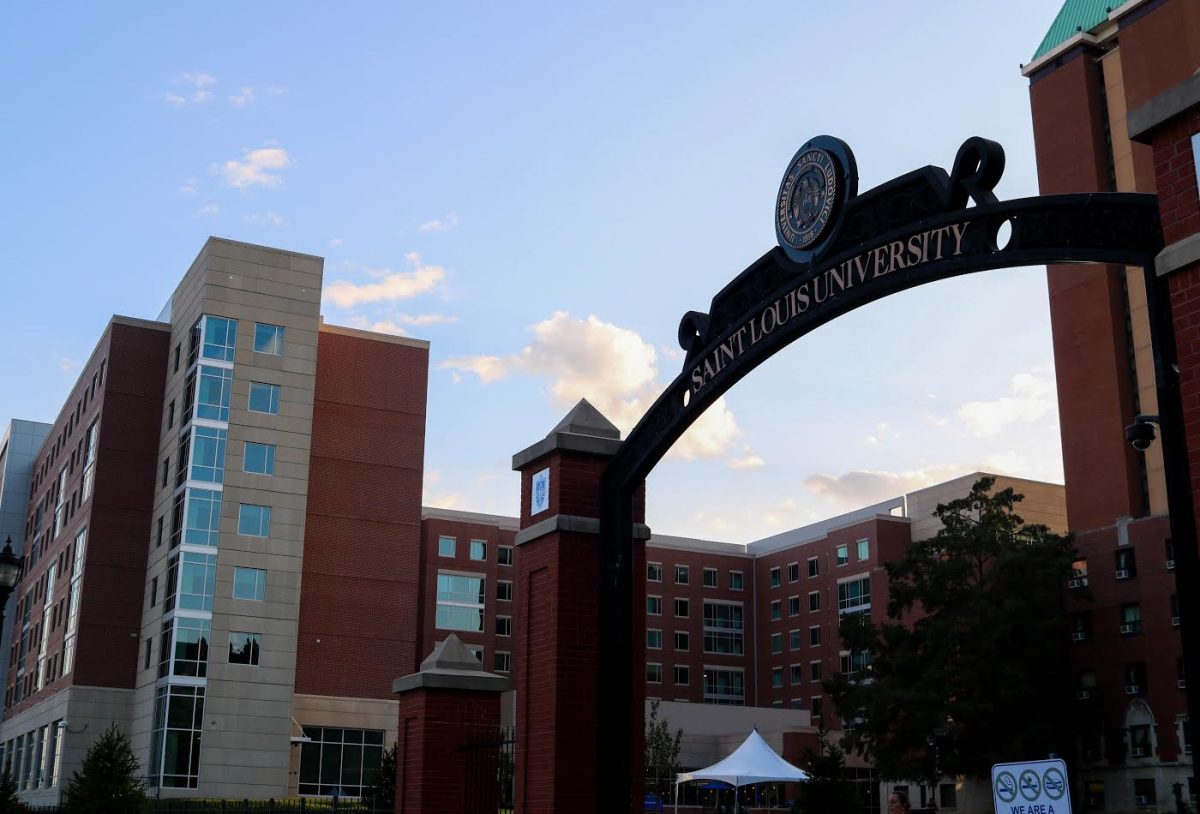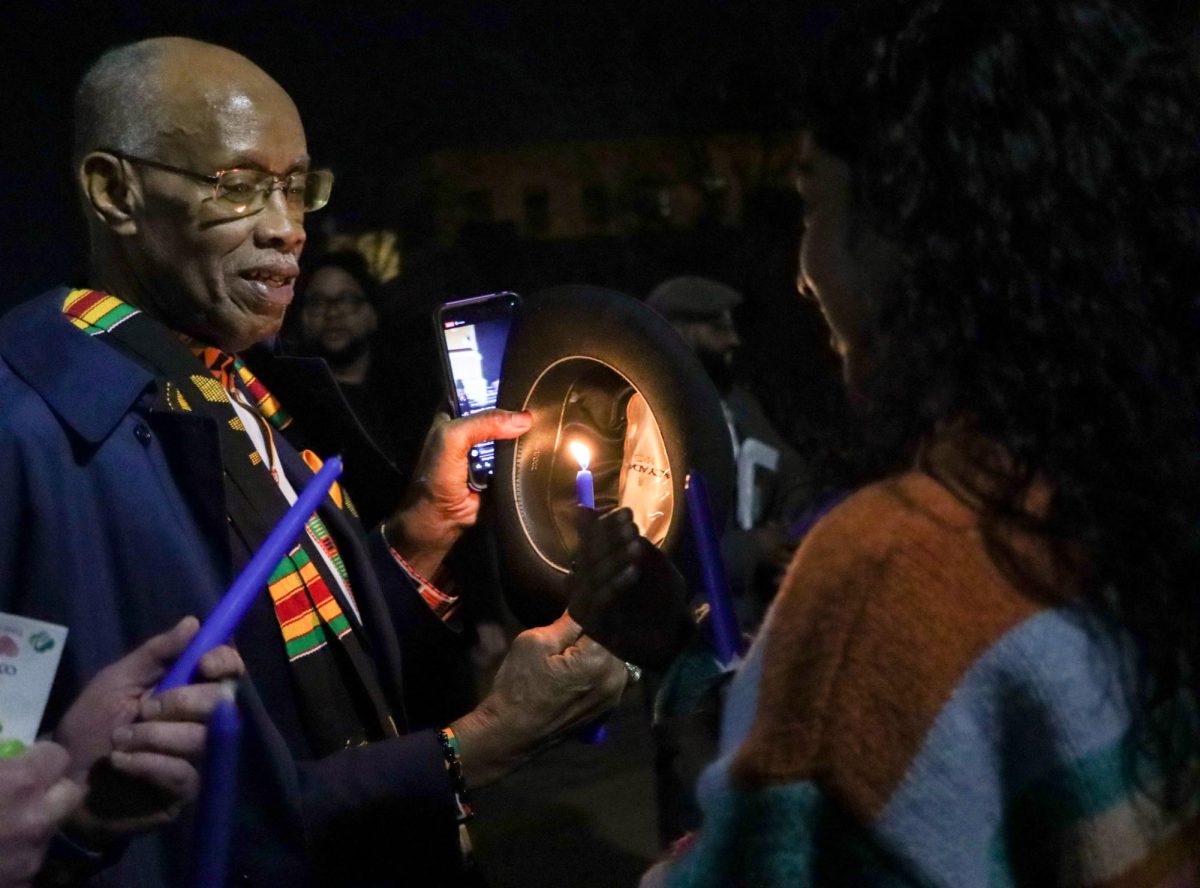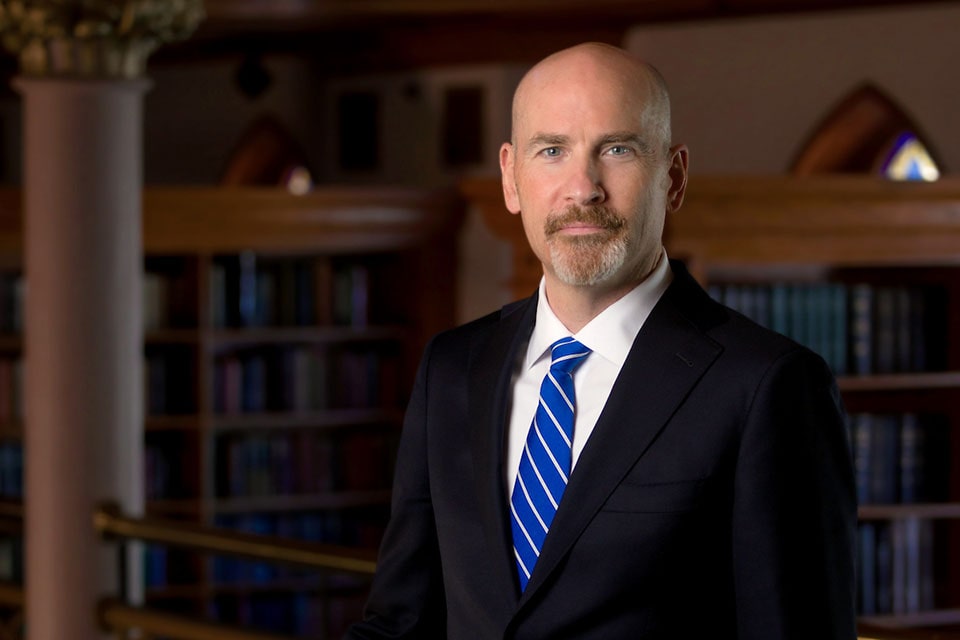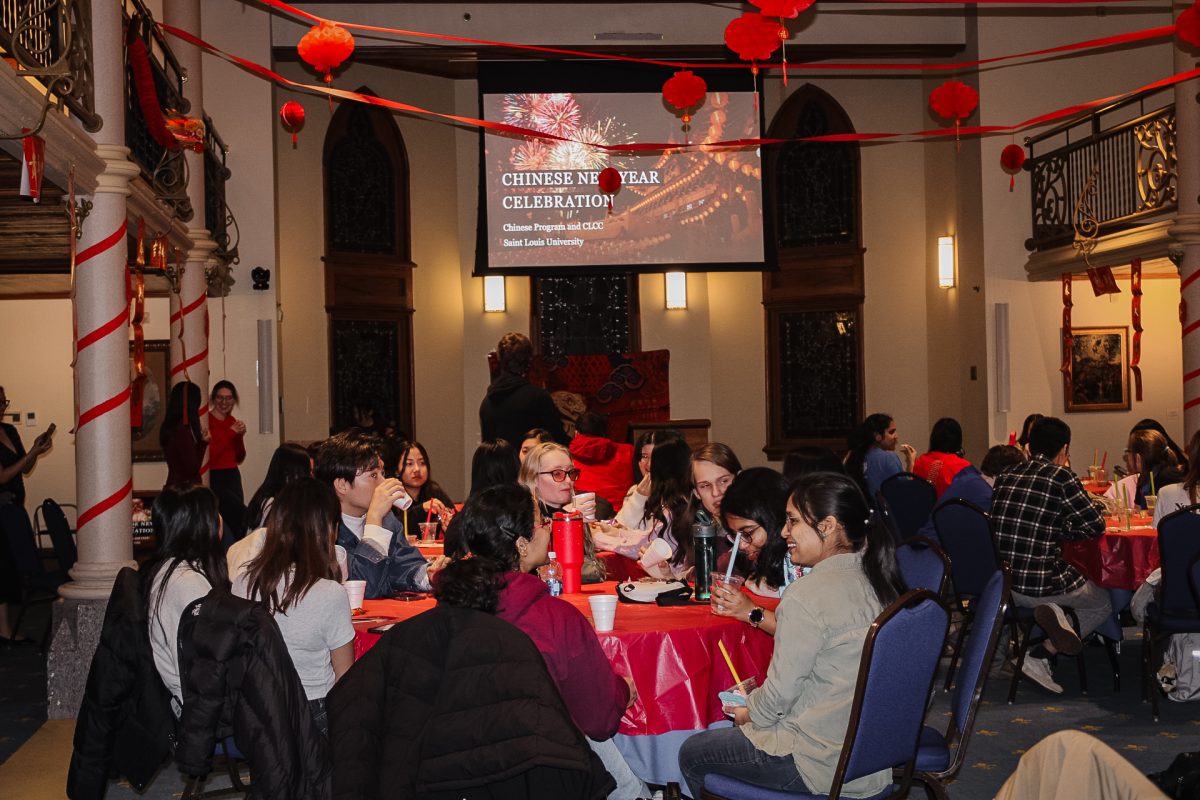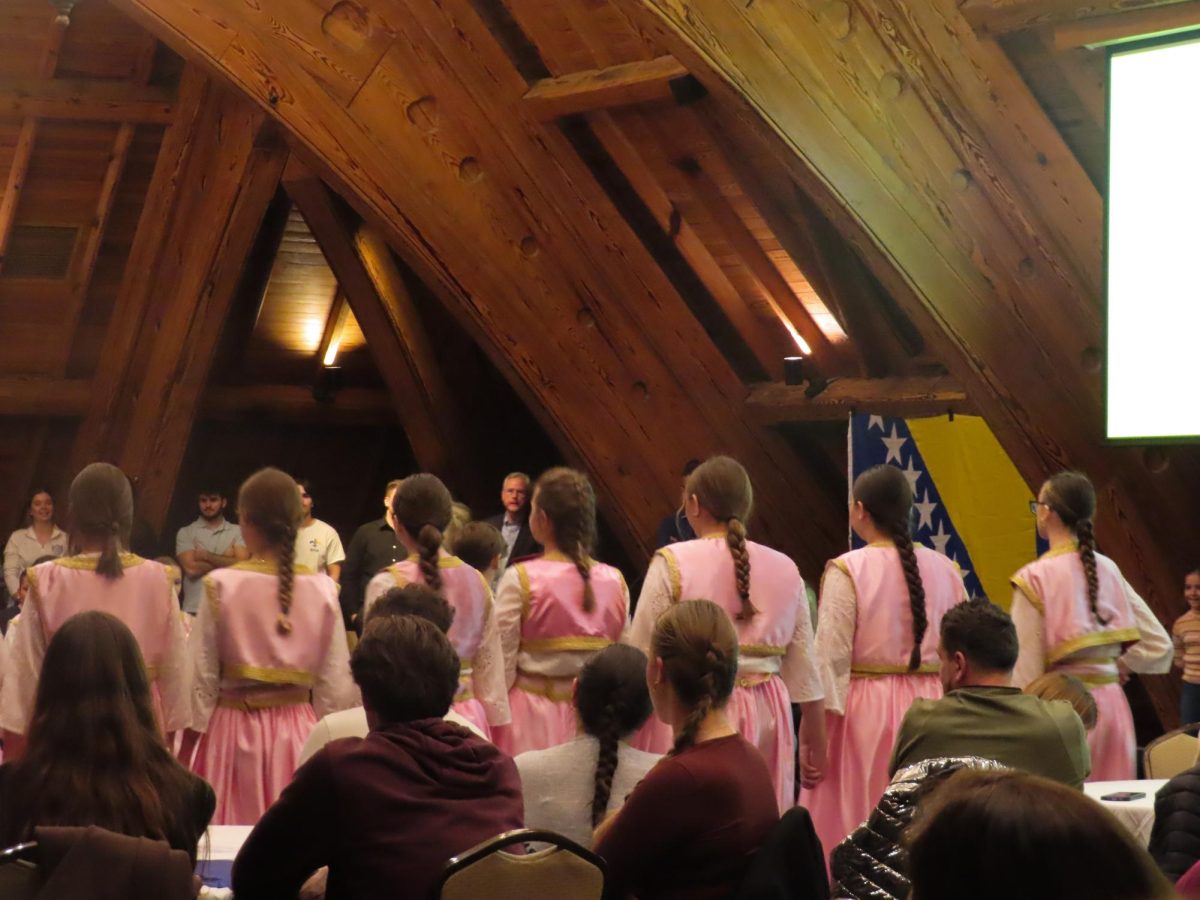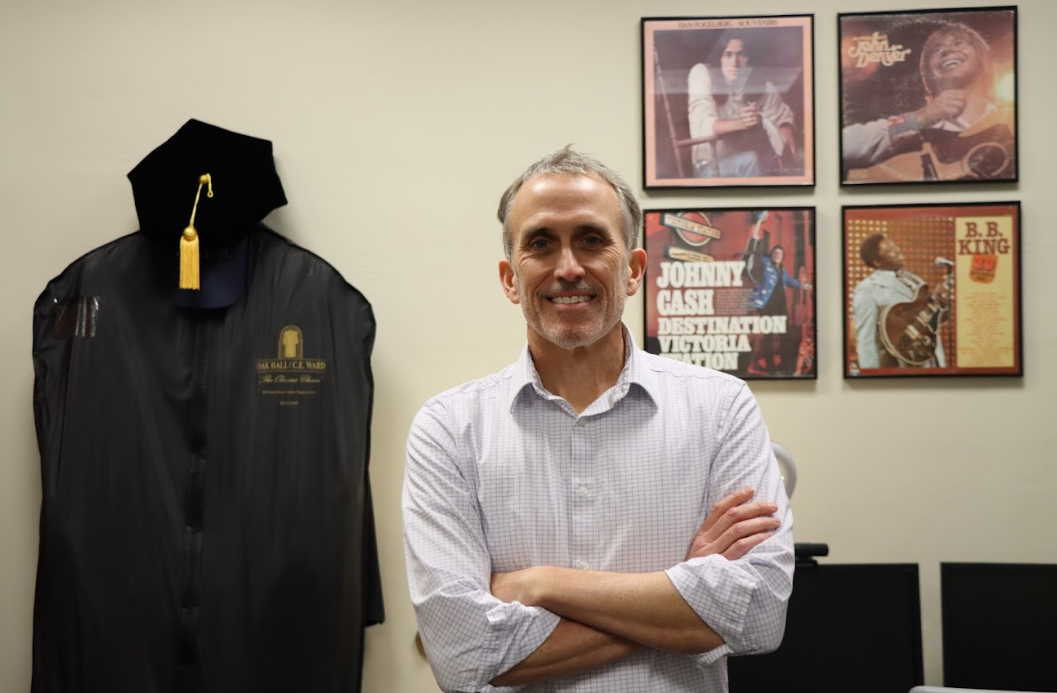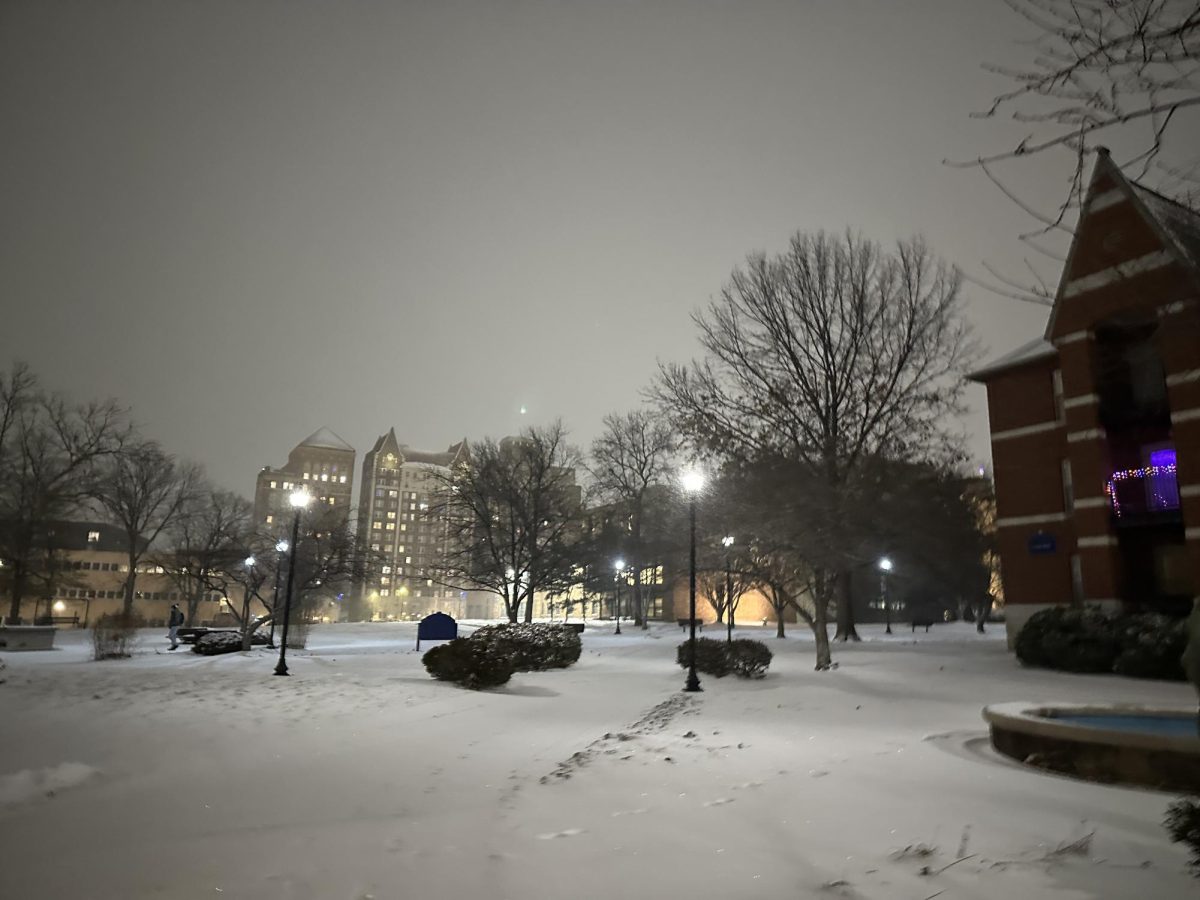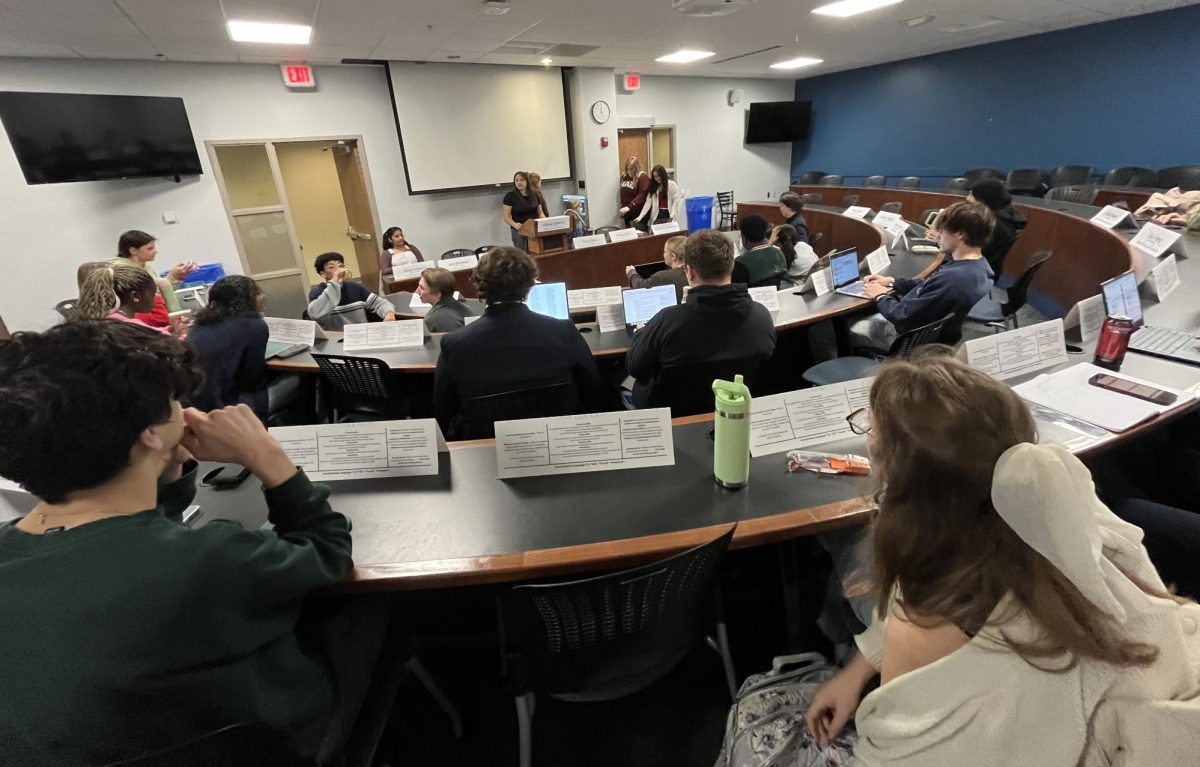Saint Louis University received Research 1 status today, the highest rank universities can achieve for research activity.
The American Council on Education and the Carnegie Foundation for the Advancement of Teaching designated SLU as “R1: Very High Spending and Doctorate Production” along with 186 other institutions on Feb. 13.
The prestigious status recognizes SLU as a leading research institution.
“Achieving R1 status is a historic milestone for Saint Louis University — a testament to the remarkable dedication of our faculty, students and staff who live our Jesuit mission every day,” said SLU President Fred Pestello in a statement.
To qualify for R1 status this year, institutions needed to spend at least $50 million on research and award a minimum of 70 research doctorates in any field.
SLU’s research spending has grown 8% over the last 10 years. In 2016, the university spent $37 million. By 2023, SLU reported spending $85.9 million and plans to reach $100 million by next year.
“Our ascendance to national research prominence has been nothing short of amazing,” said Provost Michael Lewis in a statement.
Two other Missouri universities, the University of Missouri- Kansas City and Missouri University of Science and Technology in Rolla, also received R1 status. They join Washington University in St. Louis, which surpassed $1 billion in research spending last year, and the University of Missouri in Columbia, which spent $462 million on research last year.
The achievement comes after a decade-long effort to enhance SLU’s research reputation. Starting in 2016, the university increased investments in research faculty and infrastructure, interdisciplinary collaborations and research marketing.
The university also established the SLU Research Institute in 2018 through a $50 million gift from billionaire philanthropist and political donor Rex Sinquefield and his wife, Jeanne Sinquefield. The historic donation also helped launch several other institutes including the Sinquefield Center for Applied Economic Research, SLU’s Water Institute and the Institute for Drug and Biotherapeutic Innovation.
Interim Vice President for Research Ellen Barnidge said that while day-to-day operations inside departments may not change with the new R1 status, the potential benefits of the classification for students and faculty will be significant.
“It’s a designation that will allow us to recruit and retain very highly active research faculty,” Barnidge said. “It also introduces students to new community partnerships and enhances the reputation of the institution, potentially making them more competitive as they go into the job market.”
Research shows R1 classification could increase enrollment and tuition revenue. This could potentially affect SLU’s ongoing deficit, though it is unlikely to immediately change budget actions, said SLU spokesperson Clayton Berry.
“R1 status is a national recognition of SLU’s strong research activity and enhances SLU’s ability to attract faculty, students and community partnerships,” Berry said. “However, R1 does not have an immediate or direct effect on SLU’s overall budget.
The high research status typically helps universities bring in more federal grants, though the Trump administration’s proposed cuts to the National Institutes of Health could harm SLU’s research outputs. Last year, the university received over $25 million in funding from the NIH.
The elite research status could also help boost international student enrollment, which sharply decreased this academic year and contributed to the $20 million budget cut.
“Anything that elevates the prestige of an institution, like our R1 status, will help recruitment efforts. It will also attract other university partners that could lead to additional enrollments,” said Rob Reddy, interim vice president of enrollment management.
Reaching R1 status took great effort from SLU’s faculty, Barnidge said.
“There’s always individual faculty who are accomplishing tremendous things — those working to get new grants, those working in disciplines not necessarily related to funding,” Barnidge said. “There are always exciting things going on in research, both small and large.”
But in October 2024, some faculty reported to The University News that the push towards R1, given workload policy negotiations at the time and growing budget concerns, was threatening morale and increasing pressure on output across departments. That same month, 130 positions were cut and 23 staff members were laid off, including at least three in the Office of the Vice President for Research.
“It’s a big area of concern, and there are going to be people who are unhappy about it, for sure,” Paul Bracher, an associate professor of chemistry, said in October.
Despite various potential concerns, SLU achieving R1 research status marks the beginning of a new chapter for the institution.




